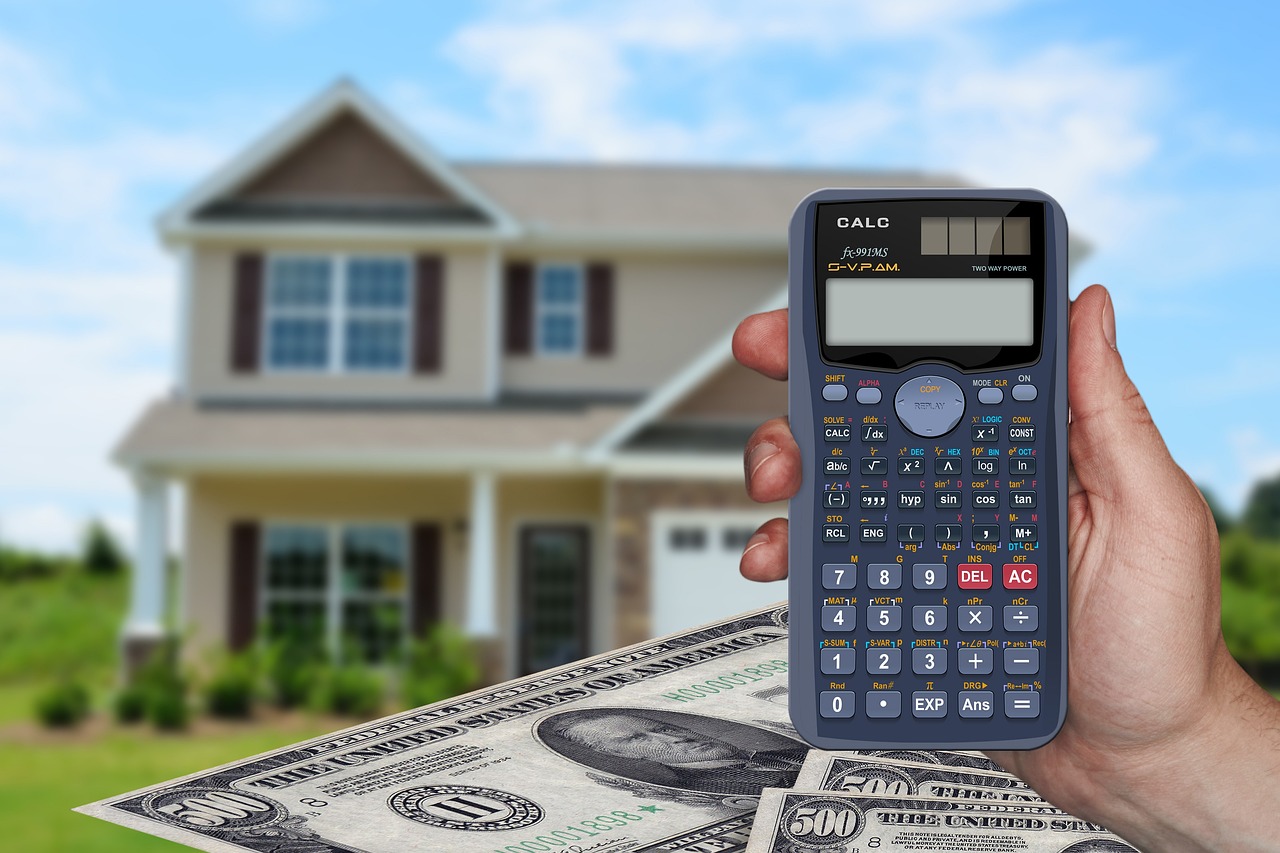Decoding Home Value: Your Practical Guide to Property Worth
Learn how your home's value is calculated and which factors most influence it. This comprehensive guide covers property attributes, market timing, professional appraisal methods, tracking tools, and which renovations typically boost resale value. Improve your financial planning with clear, actionable insights on property valuation, appraisal costs, and smart upgrades to maximize returns.

Key property features that shape value
Several physical elements of a home directly affect its market worth. Size matters: total square footage and the number of bedrooms and bathrooms are primary metrics buyers and appraisers use. Lot size and usable outdoor space also influence desirability — larger or well-landscaped lots can command premiums in many neighborhoods.
The condition and age of the property are important as well. A recently updated home or one with modern finishes often attracts higher offers than a similar but dated property. Energy-efficient systems, high-quality windows, insulation, and smart-home upgrades improve both utility costs and perceived value. Unique or luxury amenities such as renovated kitchens, spa-like bathrooms, or a swimming pool can increase appeal, although the exact return depends on local buyer preferences.
Architectural style and layout affect marketability. Homes with flexible, open floor plans tend to be more sought after in today’s market, while historical or unusual designs might appeal to niche buyers and could require specialized valuation.
Market conditions and timing
Home values are not static. They change in response to broader economic forces and local dynamics. Interest rates play a major role: lower mortgage rates generally boost buyer demand and prices, while rising rates can cool activity. Regional economic health, employment levels, and local development projects (new schools, transit, or commercial hubs) all shift demand for nearby properties.
Seasonality also matters. In many markets, spring and early summer see increased buyer activity and often higher sale prices, while colder months can be quieter. However, local climate and cultural factors can alter typical seasonal patterns. Sellers and buyers who track market cycles can identify better windows to list, renovate, or purchase.
Professional valuation methods
When a formal value is needed—whether for a sale, refinancing, tax purposes, or investment decisions—professionals rely on established approaches:
- Comparative Market Analysis (CMA): Real estate agents compare recently sold, similar properties to estimate value. CMAs emphasize location, size, condition, and recent sales data.
- Professional Appraisal: Licensed appraisers may use a combination of sales comparison, the cost approach (estimating replacement cost minus depreciation), and income approach for rental properties. Appraisers provide a documented, objective opinion that lenders commonly require for mortgages.
- Income Approach: Used primarily for investment properties, this method evaluates potential rental income and applies capitalization rates to determine value.
Each method has strengths and limitations. CMAs are fast and often free but less formal. Appraisals are thorough and lender-accepted but carry a fee. For investors, income-based analyses reveal how rental performance translates into value.
Tools for tracking home value
Today’s homeowners have multiple options to keep an eye on property worth. Automated online estimators such as Zillow, Redfin, and others provide instant estimates using algorithms that weigh recent sales, tax records, and property attributes. These tools are useful for quick checks but can vary in accuracy, especially for unique homes or in fast-changing markets.
For more reliable figures, consider a CMA from a local agent or a professional appraisal. Broker price opinions (BPOs) offer another middle-ground approach, often used by lenders and brokers. Combining different tools—online estimators, agent CMAs, and periodic professional appraisals—gives a fuller picture and helps identify discrepancies.
| Valuation Method | Provider | Typical Cost Range |
|---|---|---|
| Professional Appraisal | Licensed Appraiser | $300-$600 |
| Comparative Market Analysis | Real Estate Agent | $0-$100 |
| Online Home Value Tool | Zillow/Redfin | Free |
| Broker Price Opinion | Licensed Broker | $100-$250 |
Prices, rates, or cost estimates mentioned in this article are based on the latest available information but may change over time. Independent research is advised before making financial decisions.
Which home improvements pay off?
Not all renovations deliver the same return on investment. Some projects consistently perform well in terms of resale value:
- Kitchen updates: Modernizing cabinets, countertops, appliances, and lighting often yields strong returns because kitchens are central to buyer decision-making.
- Bathroom renovations: Upgrading fixtures, improving layouts, and refreshing finishes are attractive to buyers and can be cost-effective.
- Energy-efficient upgrades: Installing efficient heating/cooling systems, improved insulation, energy-efficient windows, and smart thermostats reduces operating costs and increases marketability.
- Basic maintenance and curb appeal: Painting, roof repairs, landscaping, and fixing visible issues prevent value erosion and make a property more competitive.
Luxury or highly personalized upgrades (e.g., high-end home theaters or overly customized rooms) may not provide equivalent resale returns in all markets. Before committing to major projects, research comparable homes in your area and consider consulting a local agent or appraiser.
Staying proactive with your property’s value
Regularly monitoring your home’s value helps with long-term financial planning, whether you intend to sell, refinance, or leverage home equity. Keep documentation of upgrades, maintain the property, and stay informed about local market trends. When in doubt, seek professional guidance to get a realistic, up-to-date valuation. With careful attention to the physical attributes, timing, and accurate valuation methods, homeowners and buyers can make smarter property decisions and protect their real estate investments.






